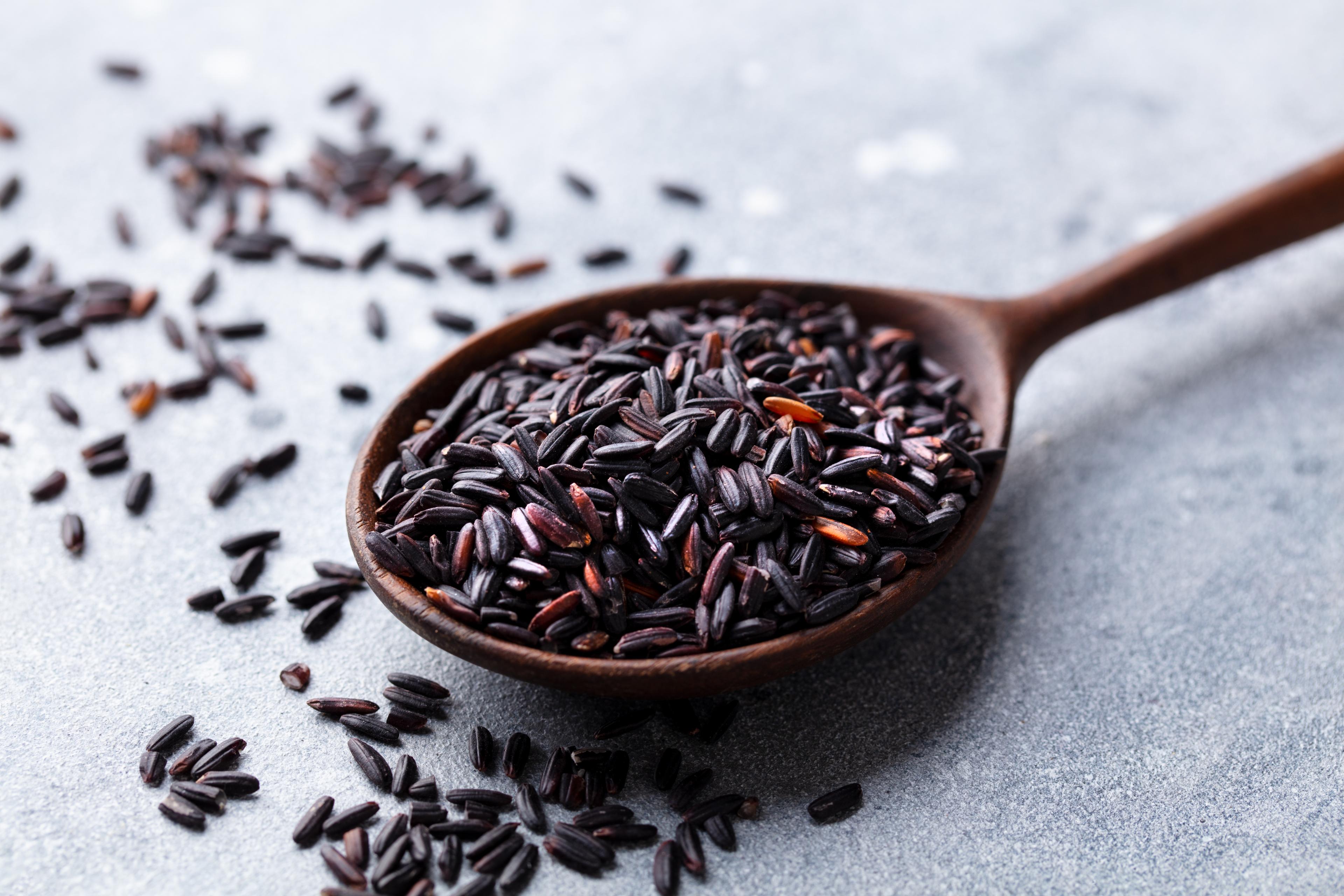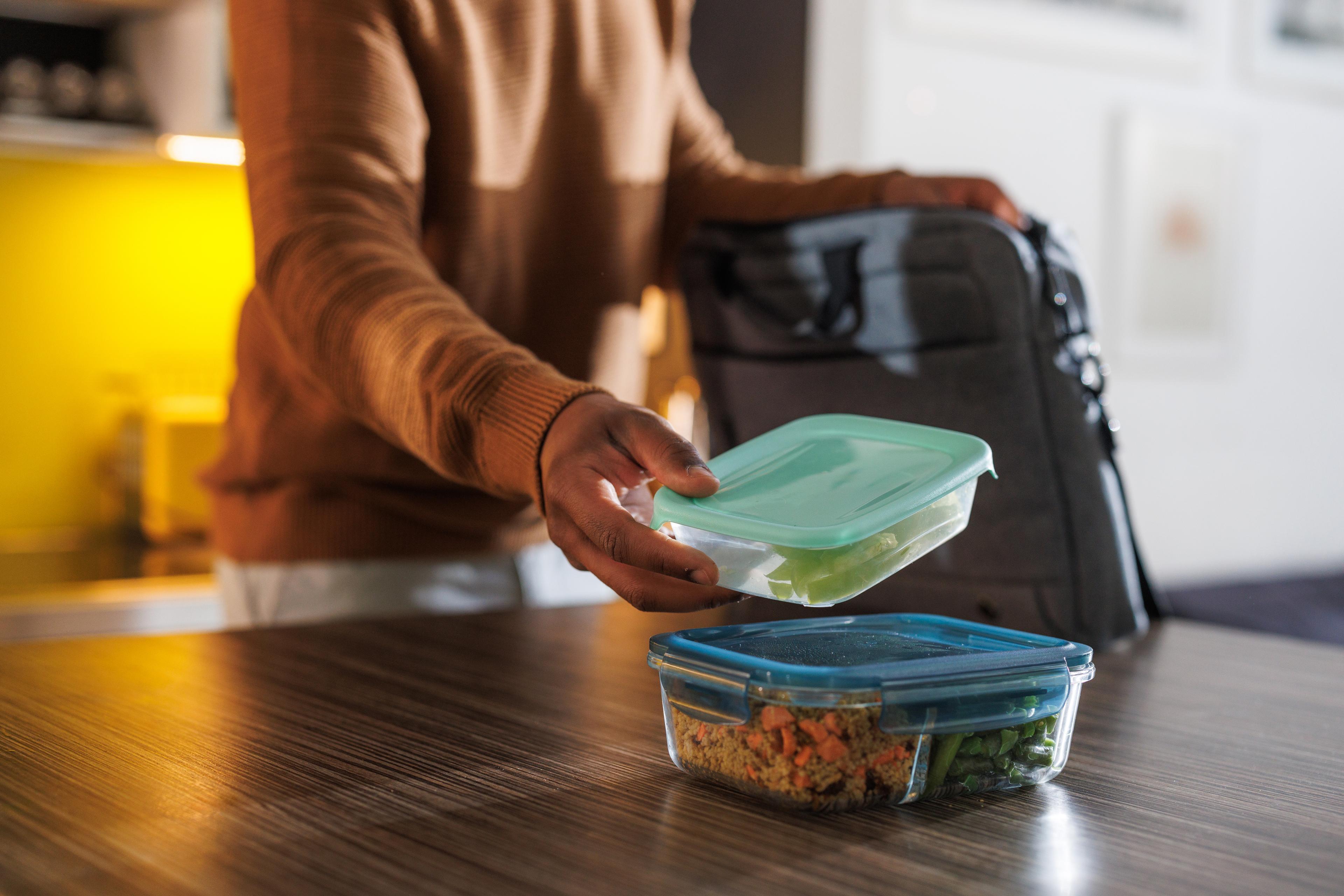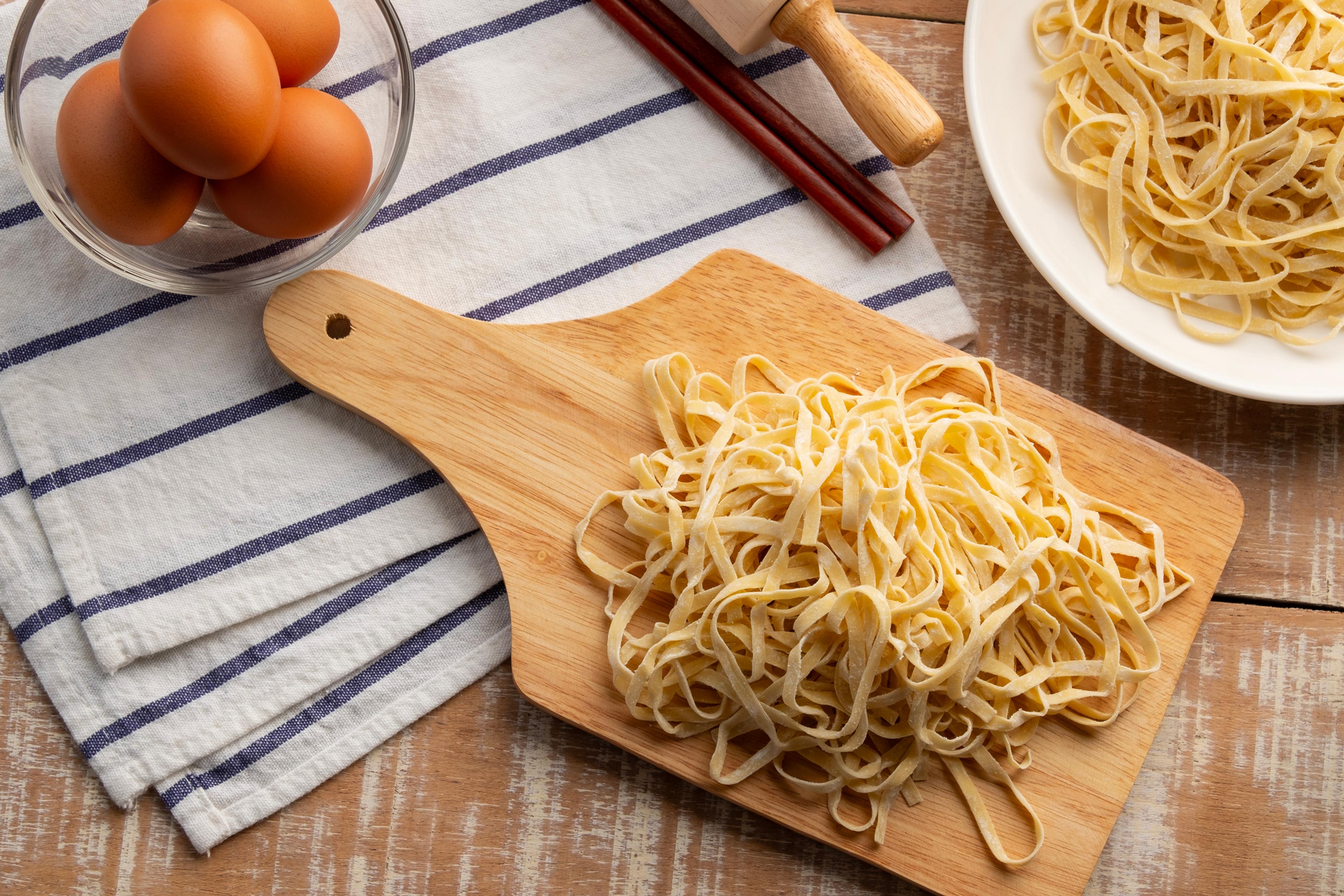How to Cook Black Rice

| 1 min read

How to Cook Black Rice on a Stovetop
Total Time:
50 minutes
Prep Time:
5 minutes
Cooking Difficulty:
Easy
Serving Amount
Ingredients
2 cups water
1 cup black rice
salt, if desired
Instructions
Step 1
Rinse black rice with cold water using a fine mesh colander or strainer. Rinsing rice removes some of the starch that's on the outside of the grains. When you clean rice with water, the grains become more fluffy and less gummy or sticky.
Step 2
Add water to a large pot and bring to a boil. Use a 2:1 ratio of cups of water to cups of black rice. While optional, adding salt to rice while cooking can enhance its flavor.
Step 3
Once the water is boiling, carefully add in your rice.
Step 4
Lower the heat to a simmer and cover the pot. Cook for 30 to 45 minutes or until the water is fully absorbed.
Step 5
Remove the pot from heat and let the rice steam for 5 to10 minutes. Fluff with a fork and serve.
How to Cook Black Rice in a Rice Cooker
Total Time:
60 minutes
Prep Time:
5 minutes
Cooking Difficulty:
Easy
Serving Amount
Ingredients
2 cups water
1 cup black rice
salt, if desired
Instructions
Step 1
Rinse black rice with cold water using a fine mesh colander or strainer. Rinsing rice removes some of the starch that's on the outside of the grains. When you clean rice with water, the grains become more fluffy and less gummy or sticky.
Step 2
Use a 2:1 ratio of cups of water to cups of black rice. While optional, adding salt to rice while cooking can enhance its flavor.
Step 3
Close the lid, turn the rice cooker on and close the steam value.
Step 4
Consult the cooker’s instructions to choose the best setting for the rice and let it cook for the specified time. Most rice cookers have a pre-set program that turns the appliance off automatically according to the setting you’ve chosen. In general, black rice should be cooked on high for about 50 minutes in a rice cooker.
Step 5
When the black rice is finished cooking, turn off the rice cooker. Open the steam valve, keeping face and hands away from it, and let the rice rest in the cooker for 10 to 15 minutes with the lid on.
Step 6
After the rice has rested, use a spatula to mix the rice and remove any lingering moisture to give the rice a fluffier texture.
How to Store Leftover Black Rice
- Let the rice cool
- Use a tightly sealed container
- Store in the refrigerator
- Use within four days or freeze for later use





